Bert Was On A Mission
He was a personal friend. He came to my office for a visit. Sitting in one of the guest chairs positioned in front of my desk, Bert asked if I’d ever taken a CliftonStrengths™ Assessment?
Yes, Maybe, I think so, was my answer. Well, did you or did you not take the assessment Bert asked? I think I have the results hidden somewhere in a drawer of my desk. Get them out please, I’ll wait, Bert said. At this point I knew that Bert was on a mission. I just didn’t know why.
I’m about to share my top strengths. Why my strengths? Because it wouldn’t be right for me to openly share any of my client’s private information. If I choose to share my own, that’s different.
FUTURISTIC®
Bert was serious about my assessment results. I did not know back in 2012 what the big deal was surrounding my assessment results, but I sure do now. Bert began to explain what to me was simply black ink on white paper. He showed me that I was Futuristic. Futuristic® is a CliftonStrengths™ term that means Visionary.
STRATEGIC®
Wow, the Futuristic® piece of information alone helped me to understand a lifetime of seeing possibilities down the road that others didn’t see. Then Bert explained my Strategic® gift. He explained that this particular gift is one that a person either has or they don’t have. It cannot be taught. Bert explained how my Strategic enabled me to see the Big Picture as well as paths to get to a future destination that others can’t always see. I quickly began to understand why situations I’d encountered in the past worked out the way they did.
ACTIVATOR®
Bert got to my third Trait called Activator®. He explained how I had a built-in “GO BUTTON” that most people don’t have. To be specific, out of 34 possible Traits, Activator® comes in at number 29 in overall frequency. Only 11% of people out of more than 18 million people who have now taken the CliftonStrengths™ Assessment worldwide have Activator® in their top 5 traits.
MAXIMIZER®
Bert continued on to tell me about my Maximizer®. It was love at first sight when I began to understand that it was in my DNA to not just push good to great but to push for excellence. Once again, I quickly began to understand why I had operated they way I had up to the point when Bert sat in my office, but with no clarity of purpose.
RELATOR®
Next, Bert talked to me about my Relator®. This Trait as he explained is a very powerful relationship building trait. Most of my relationships are deep, authentic, and trusting. I’ve never been a social butterfly. Now I understood why.
COMMAND®
Bert couldn’t resist telling me about my next Trait. It’s called Command®. Out of 34 Traits, Command® comes in at number 34 in frequency. Very few people possess this leadership trait.
DEVELOPING STRENGTHS
We went on through my top 12 Traits as I recall. The further we went, the more I understood why Bert had chosen this particular assessment to drive his coaching practice. This wasn’t the last time Bert and I would meet to discuss my Traits. Bert wanted to see me develop my Traits into full-blown Strengths.
According to the late Don Clifton, the author of the CliftonStrengths™ Assessment, a true Strength is the ability to consistently provide a near-perfect performance in a specific task. When I wrapped my head around this definition, I have to admit that my Maximizer got excited.
Most people who take a CliftonStrengths™ Assessment only learn what their potential strengths could be. They never do what it takes to turn a raw Trait into a full-blown, polished, Strength.
For the next 12 months, I mentored under Bert because it quickly became clear to me that the CliftonStrengths™ Assessment had a strategic place in my own coaching practice. Adopting this tool in my coaching practice was one of the smartest decisions I’ve ever made.
GAME-CHANGING, LIFE-CHANGING, PARADIGM-SHIFTING, TRANSFORMATIONAL, CONFIDENCE-BUILDING
My Career Coaching clients have been achieving life-changing results as a result of the work I do with the CliftonStrenghts™ Assessment and the EQ-I 2.0 Emotional Intelligence Assessment.
If you’d like to learn how my clients are benefiting from the year I invested to mentor under Bert, and the 5+ years I’ve invested into developing my coaching services beyond Bert’s involvement, I invite you to visit my Career Coaching / Strengths Coaching page on the Jeff Snyder Coaching website.
My clients tell me that the work I’ve been doing with them is “Game-Changing, Life-Changing, Paradigm-Shifting, Transformational, and Confidence-Building”. I’ve never done work that is more important in my life!
Jeff Snyder’s, Self-Awareness, Self-Confidence, Coaching Blog, 719.686.8810



